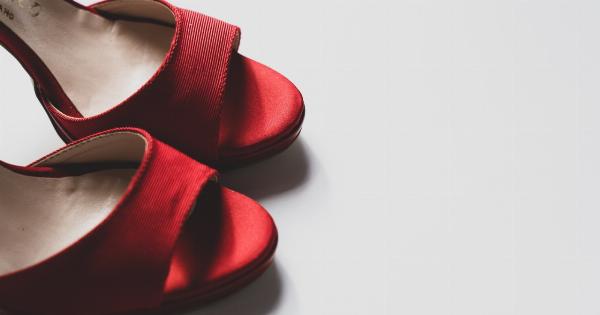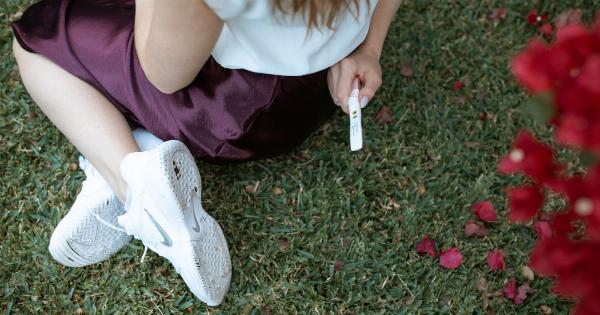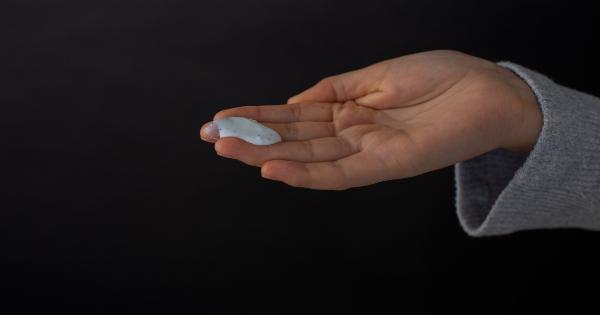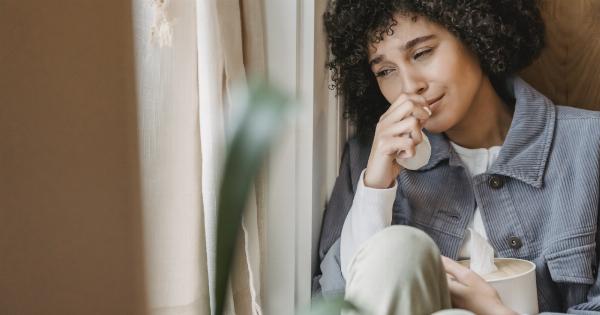Our nails may seem insignificant, but they can actually serve as a window into our overall health. Changes in the color, texture, shape, or appearance of our nails can indicate underlying health issues.
By paying attention to our nails, we may be able to spot early warning signs of various medical conditions. Let’s explore what our nails can tell us about our health.
1. Pale Nails
If your nails appear pale or whitish, it could be a sign of anemia. Anemia is a condition in which the body lacks enough healthy red blood cells to carry adequate oxygen to tissues. Pale nails may also indicate liver disease or malnutrition.
It’s essential to consult a healthcare professional if you notice persistent paleness in your nails.
2. Yellow Nails
Yellow nails can signify several health issues, including fungal infections, thyroid disease, or diabetes. In rare cases, it may even indicate respiratory conditions such as chronic bronchitis.
Additionally, excessive use of nail polish can cause discoloration. Consulting a doctor can help determine the exact cause and necessary treatment.
3. Blue Nails
Nails with a bluish tint may suggest a lack of oxygen in the blood. This condition is called cyanosis and can be a sign of lung or heart problems.
If you notice your nails turning blue without an apparent reason such as the cold, it is advisable to seek medical advice.
4. Brittle or Split Nails
Brittle or split nails are commonly caused by excessive exposure to water, chemicals, or excessive use of nail polish remover.
However, they can also be an indication of a vitamin deficiency, particularly of biotin (vitamin B7) or minerals like iron, zinc, or magnesium. Improving your diet and protecting your nails can help alleviate this issue.
5. Spoon-Shaped Nails
If your nails curve upward at the edges, resembling a spoon, it could be a sign of iron-deficiency anemia. This condition, known as koilonychia, may also be due to liver disease or a hormonal imbalance.
Seeking medical advice is crucial to identify and address the underlying cause.
6. White Dots on Nails
White spots on nails, also called leukonychia, are quite common and are usually harmless. They often occur due to minor injuries or trauma to the nail bed.
However, if these white spots appear frequently or in large numbers, it may indicate a fungal infection or a mineral deficiency.
7. Pitted Nails
Pitting refers to the presence of small depressions or dents in the surface of the nails. Pitted nails are commonly associated with psoriasis, a chronic autoimmune condition that primarily affects the skin.
However, pitting can also occur due to connective tissue disorders or alopecia areata, an autoimmune disease that causes hair loss.
8. Clubbing
Clubbing is characterized by the enlargement and rounding of the fingertips and nails. It can be an indication of low oxygen levels in the blood, often associated with lung or heart problems.
Clubbing may also be linked to inflammatory bowel disease, liver disease, or certain types of cancer. Early medical intervention is crucial if you notice signs of clubbing.
9. Nail Ridges
Vertical ridges on the nails are typically harmless and a common sign of aging. However, in some cases, they may indicate nutrient deficiencies, such as vitamin B12 and magnesium.
Horizontal ridges, known as Beau’s lines, may be caused by severe illness, malnutrition, or trauma. If you notice sudden changes in nail ridges, consulting a healthcare professional is advisable.
10. Dark Streaks or Bands
Dark streaks or bands appearing under the nails should be examined carefully. While it can occur due to an injury, it may also indicate a type of skin cancer called melanoma.
If you notice any unexplained dark discoloration, it’s essential to seek immediate medical attention.
Conclusion
Our nails can reveal valuable insights about our health. While some nail changes may be harmless and temporary, others may require medical attention.
It’s crucial to pay attention to any significant alterations in the color, texture, shape, or appearance of our nails. Regular check-ups with healthcare professionals can help diagnose and treat any underlying health conditions. By taking care of our nails, we can contribute to our overall well-being.






























